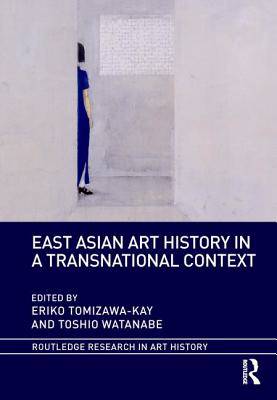
- Retrait gratuit dans votre magasin Club
- 7.000.000 titres dans notre catalogue
- Payer en toute sécurité
- Toujours un magasin près de chez vous
- Retrait gratuit dans votre magasin Club
- 7.000.0000 titres dans notre catalogue
- Payer en toute sécurité
- Toujours un magasin près de chez vous
East Asian Art History in a Transnational Context
Description
This is the first comprehensive English-language study of East Asian art history in a transnational context, and challenges the existing geographic, temporal, and generic paradigms that currently frame the art history of East Asia. This pioneering study proposes an important new framework that focuses on the relationship between China, Japan, and Korea. By reconsidering existing concepts of 'East Asia', and examining the porousness of boundaries in East Asian art history, the study proposes a new model for understanding trans-local artistic production - in particular the mechanics of interactions - at the turn of the 20th century.
Spécifications
Parties prenantes
- Editeur:
Contenu
- Nombre de pages :
- 284
- Langue:
- Anglais
- Collection :
Caractéristiques
- EAN:
- 9781138480810
- Date de parution :
- 25-04-19
- Format:
- Livre relié
- Format numérique:
- Genaaid
- Dimensions :
- 175 mm x 246 mm
- Poids :
- 816 g

Les avis
Nous publions uniquement les avis qui respectent les conditions requises. Consultez nos conditions pour les avis.





